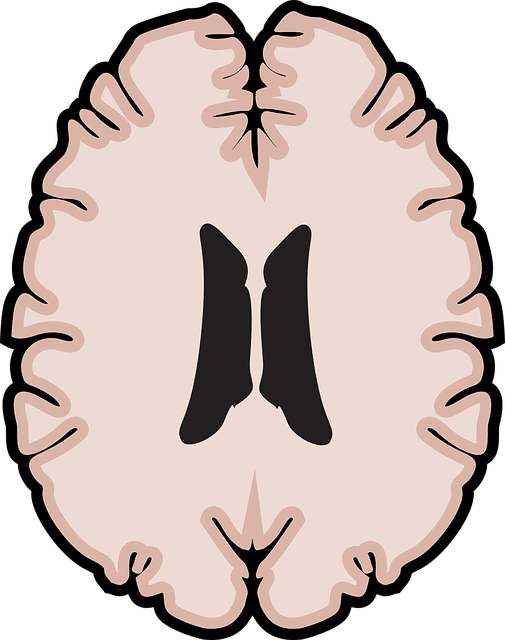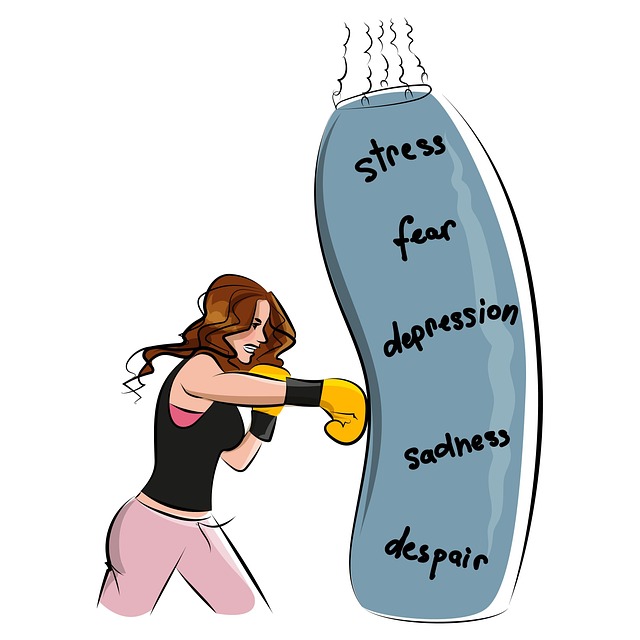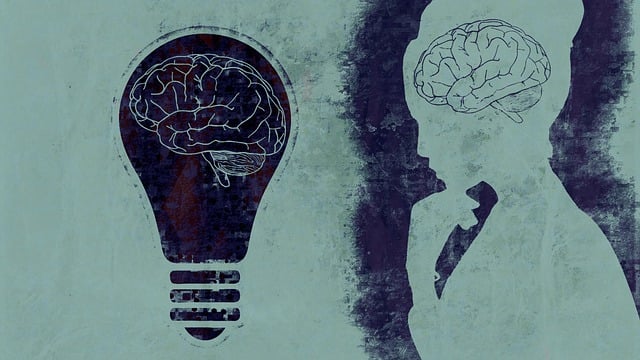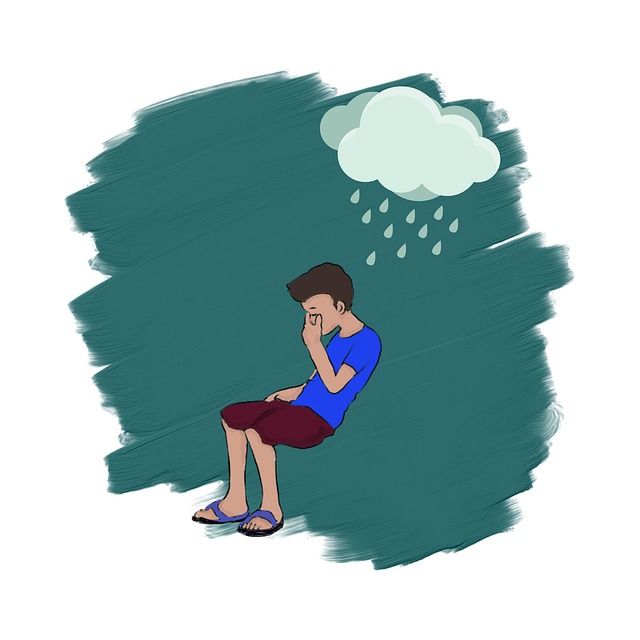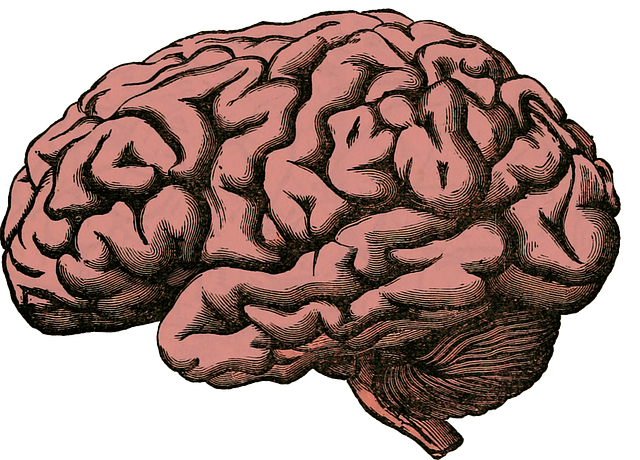Greenwood Village's Crisis Intervention Teams (CITs) play a vital role in managing mental health crises, thanks to comprehensive training programs that blend theoretical learning with practical skills. These teams, consisting of diverse professionals, utilize de-escalation techniques and connect individuals with care options like Greenwood Village Pain Management Therapy. Regular training includes role-play scenarios, workshops led by mental health experts, self-care exercises, and policy advocacy, reducing stigma and burnout. Evaluating crisis responses through case studies allows the village to refine its approach, ensuring a skilled team capable of handling various distress situations while promoting the well-being of both practitioners and clients.
In Greenwood Village, crisis intervention teams (CITs) play a vital role in addressing mental health emergencies. This article explores the significance of CIT training programs in equipping professionals with essential skills for effective response. We delve into key components of successful training, strategies tailored to local needs, and case studies highlighting enhancements in crisis management. Understanding the unique challenges of Greenwood Village’s pain management therapy landscape, this guide offers insights for improving community resilience through optimized CIT interventions.
- Understanding Crisis Intervention Teams: Role and Significance in Greenwood Village
- Key Components of Effective Crisis Intervention Team Training
- Strategies for Preparing Mental Health Professionals in Greenwood Village
- Evaluating and Enhancing Crisis Response Capabilities: A Case Study Approach
Understanding Crisis Intervention Teams: Role and Significance in Greenwood Village

In Greenwood Village, Crisis Intervention Teams (CITs) play a pivotal role in addressing mental health crises and ensuring the well-being of its residents. These specialized teams are designed to provide immediate and effective support during times of intense emotional distress or volatile situations. CIT members are typically composed of trained professionals from various backgrounds, including healthcare providers, law enforcement officers, and crisis counselors. Their primary objective is to de-escalate conflicts, offer compassionate assistance, and connect individuals in need with appropriate long-term care options, such as Greenwood Village Pain Management Therapy.
The significance of CITs extends beyond immediate crisis resolution; they also focus on burnout prevention for team members by fostering a supportive and collaborative environment. Through regular training sessions that incorporate conflict resolution techniques, CIT members enhance their skills in handling complex situations. Additionally, public awareness campaigns development is another crucial aspect, as it helps to reduce the stigma associated with mental health crises and encourages individuals to seek help early on. This multifaceted approach ensures a safer, more resilient Greenwood Village community, where crisis intervention is not just a service but a holistic strategy for promoting mental well-being.
Key Components of Effective Crisis Intervention Team Training

Effective crisis intervention team (CIT) training programs are multifaceted and comprehensive, aiming to equip participants with the skills needed to handle critical situations sensitively and efficiently. The key components of such training often include role-play scenarios that simulate real-life crises, providing an immersive learning experience. These scenarios should cover a wide range of potential emergencies, from suicide attempts to severe trauma reactions, allowing teams to practice consistent, compassionate responses.
Moreover, successful CIT training integrates theoretical knowledge with practical application through interactive workshops and presentations by mental health professionals. Topics such as Mental Wellness Journaling Exercise Guidance can be incorporated to promote self-care strategies for team members, ensuring they are equipped not only to support others but also to manage their own mood and mental health effectively. In addition, programs should include Mental Health Policy Analysis and Advocacy elements, fostering an understanding of systemic issues that impact crisis response and encouraging advocates within the team to push for policy changes that enhance community safety and mental wellness, exemplifying the holistic nature of Greenwood Village Pain Management Therapy.
Strategies for Preparing Mental Health Professionals in Greenwood Village

In Greenwood Village, preparing mental health professionals for crisis intervention involves a multi-faceted approach that integrates both theoretical knowledge and practical skills. Programs focus on enhancing emotional regulation capabilities among practitioners, equipping them to handle high-stress situations effectively. Through comprehensive training modules, participants learn advanced coping skills development techniques tailored to the unique challenges faced in the community’s pain management therapy settings.
The curriculum emphasizes compassion cultivation practices as a cornerstone of crisis intervention. By fostering empathy and understanding, mental health professionals can create safer, more supportive environments for individuals experiencing distress. This holistic approach not only improves client outcomes but also enhances the well-being and resilience of practitioners themselves, ensuring they are better equipped to navigate complex emotional landscapes in Greenwood Village’s diverse therapeutic landscape.
Evaluating and Enhancing Crisis Response Capabilities: A Case Study Approach

Evaluating crisis response capabilities is a critical aspect of enhancing organizational preparedness. A case study approach offers an insightful method to analyze and improve existing strategies, as it provides real-world scenarios for practical learning. By studying successful interventions and identifying areas for improvement, organizations like Greenwood Village Pain Management Therapy can refine their crisis intervention guidance.
This strategy involves reviewing past incidents, conducting thorough analyses, and gathering feedback from team members. The insights gained can inform the development of targeted training programs, focusing on stress management workshops and emotional well-being promotion techniques. Through this case study methodology, Greenwood Village can ensure their crisis response team is equipped with the necessary skills to handle diverse situations effectively.
Crisis intervention team (CIT) training is a vital component of ensuring effective mental health support in Greenwood Village, particularly for managing pain management therapy crises. By equipping professionals with essential skills, these programs enable better navigation through complex situations, ultimately enhancing the community’s overall well-being. The strategies outlined, including case study evaluations, provide a comprehensive framework to prepare and improve CIT responses, fostering a safer and more resilient environment in Greenwood Village.

